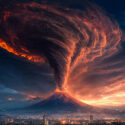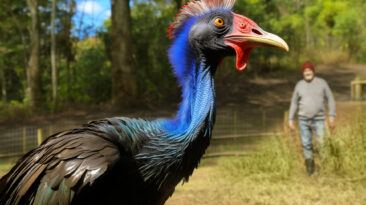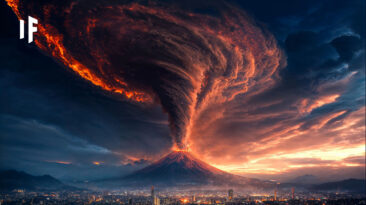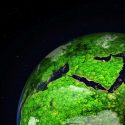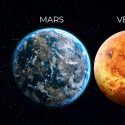Sixty six million years ago, an asteroid the size of Mount Everest hurtled toward Earth, setting in motion an extinction event that would change life forever. The impact wiped out the largest and deadliest reptiles to ever roam our planet. But dinosaurs did not die instantly from one catastrophic explosion.
Instead, many faced a slow, agonizing decline as the asteroid’s consequences unfolded over months, even years. From mega tsunamis to nuclear winter like conditions, this disaster reshaped Earth entirely and paved the way for a new era of life.
5 Seconds Before the Impact
The asteroid responsible for ending the reign of the dinosaurs was not only enormous, about 10 kilometers (6 miles) in diameter, but also blazingly fast, traveling between 10 and 30 kilometers per second (6 to 18 miles per second).
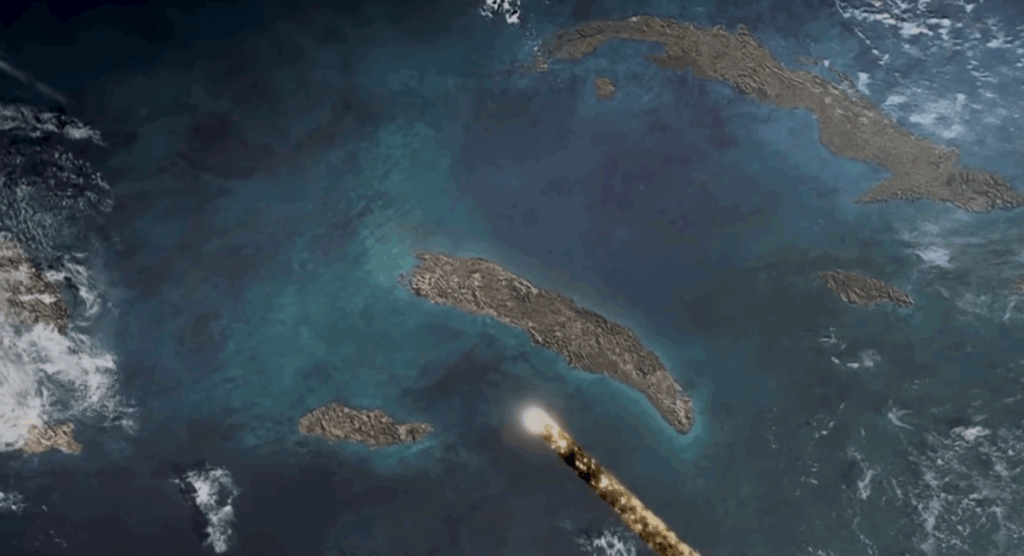
As it entered Earth’s atmosphere, the air in front of it compressed and heated up to extreme temperatures, making the asteroid’s surface hotter than the Sun. In a matter of seconds, this massive rock was about to strike the planet, setting off a chain reaction of devastation. Even the brief moments before impact were enough to change life forever.
The Catastrophic Impact
The asteroid slammed into what is now Mexico, creating an enormous blast that ejected debris high into the atmosphere. Everything in its immediate path was obliterated by the shockwave. Over the following minutes, scorching fragments of rock and glass rained down, igniting fires that spread across continents. Some of these pieces reacted with the atmosphere to create acid rain that persisted for years, further harming ecosystems.
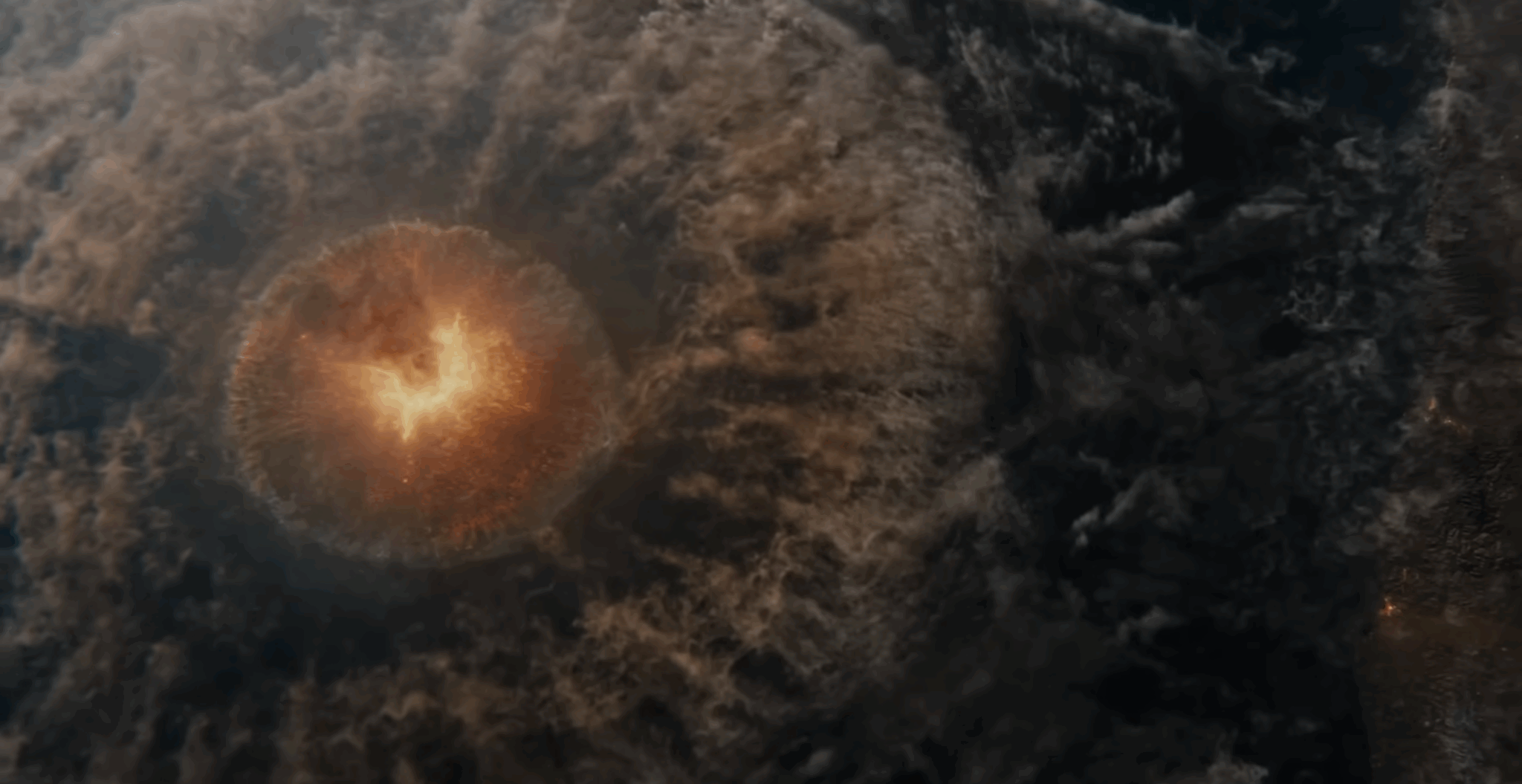
The force of the impact also triggered a mega tsunami, a wall of water over 10 meters (33 feet) high, approximately 30,000 times more powerful than modern tsunamis, which swept across the oceans, destroying coastlines and reshaping continents. For dinosaurs near the impact site, survival was impossible, and even those farther away faced a doomed future.
The Long Goodbye: Nuclear Winter and Climate Change
After the immediate destruction, Earth entered what scientists call an “impact winter.” The debris thrown into the atmosphere blocked sunlight, cooling the planet dramatically for months, possibly years. Fires released enormous quantities of greenhouse gases, while acid rain and rapidly changing temperatures disrupted ecosystems worldwide.
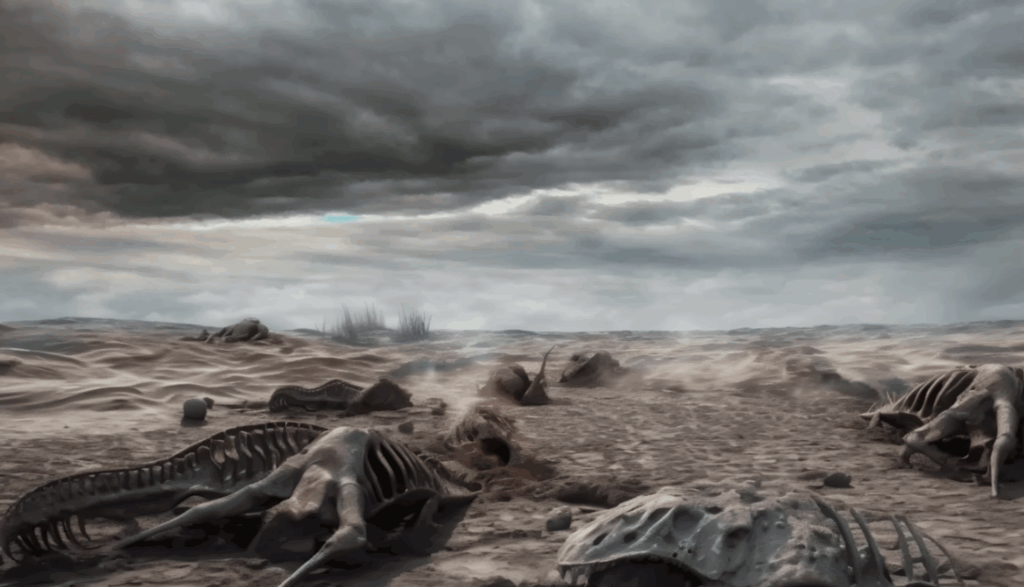
Plants struggled to perform photosynthesis, starving herbivores and eventually causing carnivores to starve as well. The oceans became acidic, killing off many marine species. In total, this chain of events wiped out around 75 percent of life on Earth, including the terrifying Tyrannosaurus rex. It was not a single moment of death, but a prolonged extinction that altered every corner of the planet.
Life After the Asteroid
One thousand years after the impact, Earth began a slow recovery. It remained cold, and food was scarce, but some life persisted. Early survivors included small furry creatures and resilient plants like ferns. Over the next hundred thousand years, animals the size of raccoons roamed continents once more, and oceans began to teem with life again.
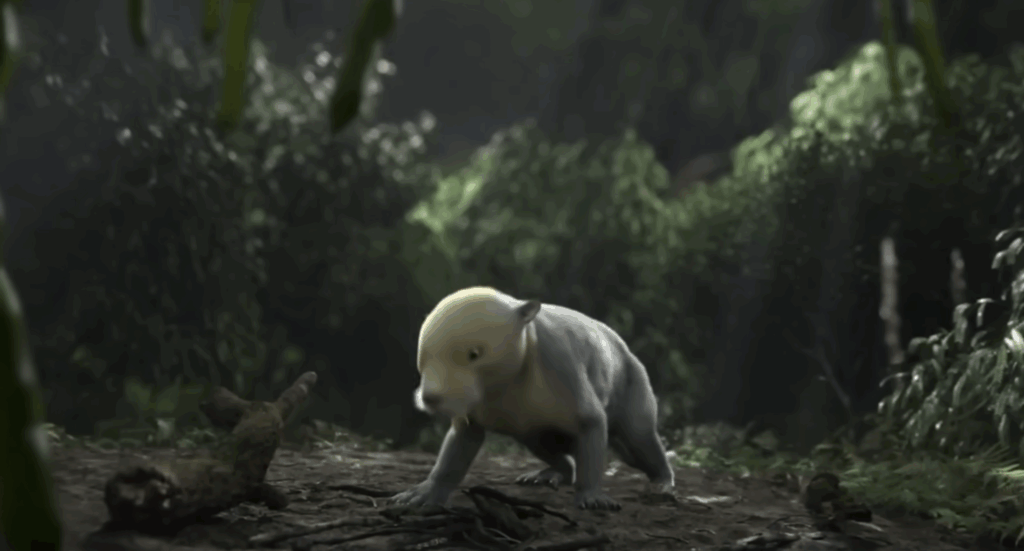
By ten million years after the asteroid, biodiversity had rebounded in a radically different way. The Age of Mammals began, as mammals, birds, and flowering plants flourished, replacing the dinosaurs as dominant life forms. Earth was still wild and dangerous, with creatures like Megalodons ruling the seas, but it had reinvented itself entirely.


